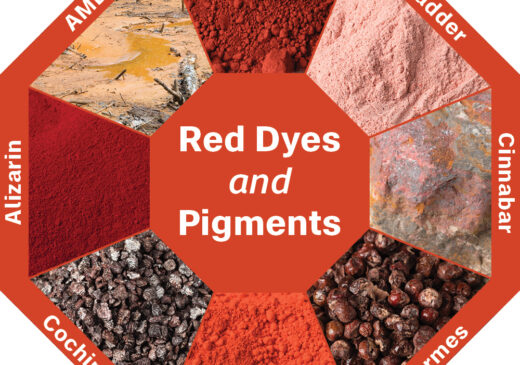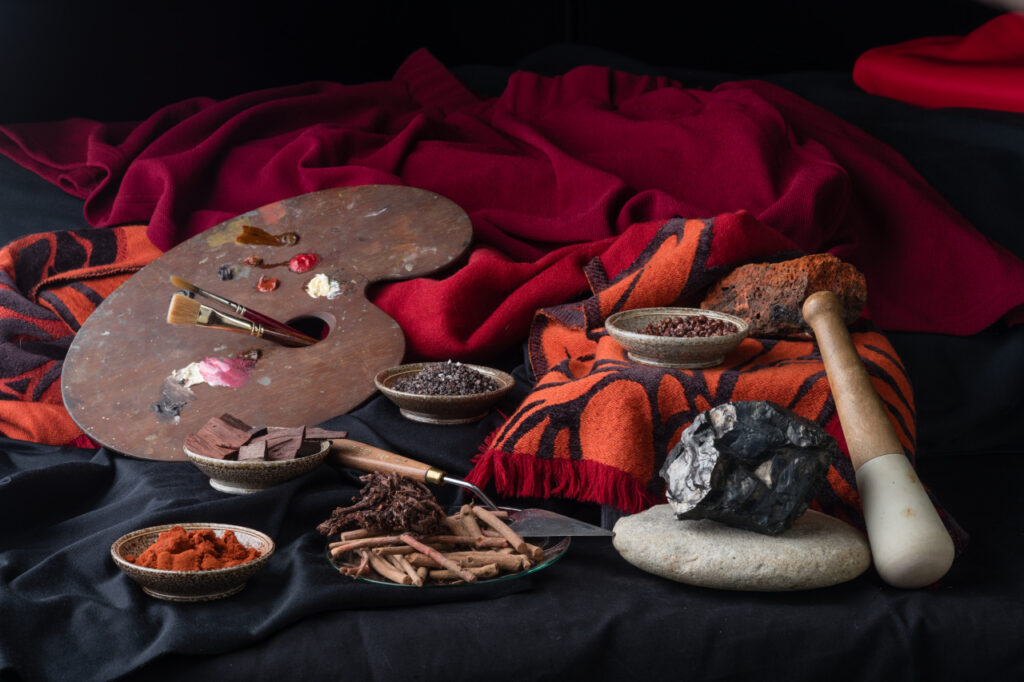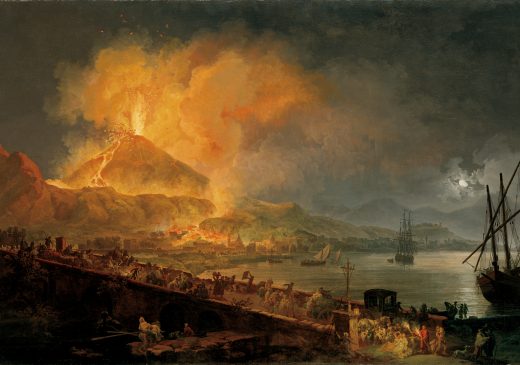
Seeing Red (Gallery)
Is red our most important color?
Red is special. Shades of vermilion, crimson, and scarlet color our strongest emotions, warn of imminent danger, and glorify our supreme leaders. In many cultures red is divine, a direct connection to gods and the essence of life.
Since ancient times we have searched for the best red substances to express ourselves and influence our world. The reddest dyes and pigments have required scarce materials and advanced technology, resulting in rare and precious products reserved for the most important uses.
Seeing Red focuses on our deep relationship with red and the most important red substances we have found to create art, revealing hidden relationships with nature, technology, history, and culture.
This gallery invites you to think about what the color red means to you and how you may have used the color to express yourself.
A special thanks to the analytical analysis and consultation of:
Erich Uffelman, Bentley Professor of Chemistry, Department Head, Chemistry and Biochemistry, Washington and Lee University
Dr. Roxanne Radpour, Assistant Professor, Art Conservation | Electrical and Computer Engineering, University of Delaware

A message from the Director of Conservation, Perry Hurt.
Conservation Technician, Marianne Schmeisser, discusses how x-ray fluorescence spectroscopy (XRF) is used to identify pigments in works from the collection.
Conservation Technician, Marianne Schmeisser, discusses how hyperspectral imaging is used to identify pigments in works from the collection.
A cochineal is like a beetle! It is a small animal, a plant parasite, and one of the few domesticated insects used as a natural dye. The beautiful color created is considered one of the most intense reds, almost like blood. Listen as we learn more about how artisans and artists created colors from Director of Conservation Perry Hurt.


